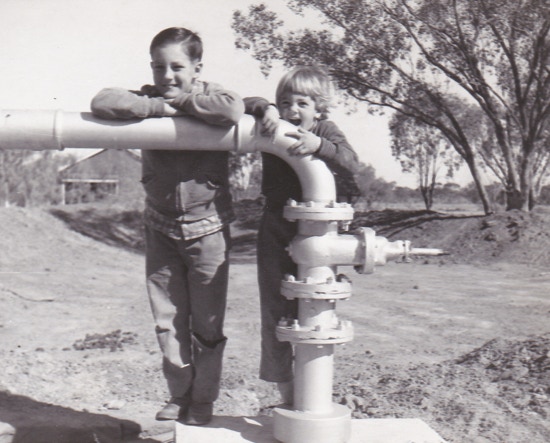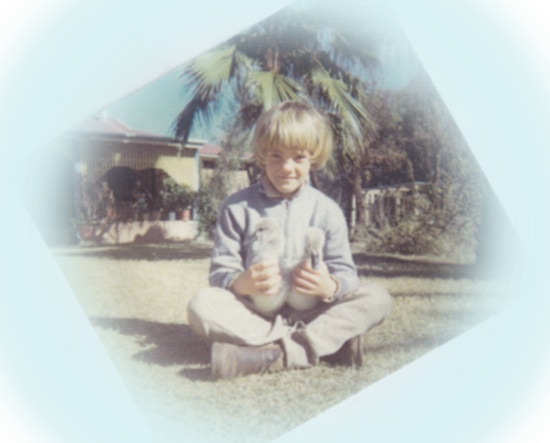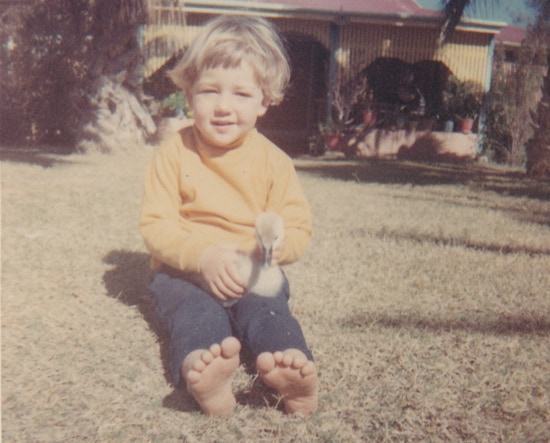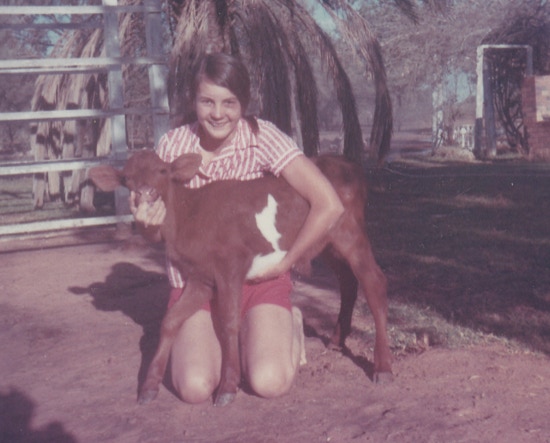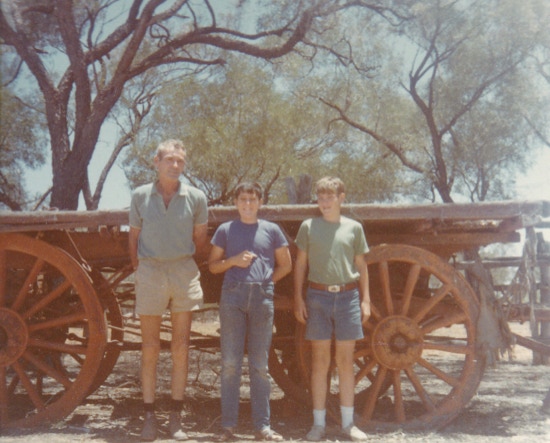‘Werona’ and ‘Beneree’ 1955 to 1970 - Of droughts and flooding rains
My Country
by Dorothea Mackellar
I love a sunburnt country,
A land of sweeping plains,
Of ragged mountain ranges,
Of droughts and flooding rains
...Core of my heart, my country!
Her pitiless blue sky,
When sick at heart, around us,
We see the cattle die—
But then the grey clouds gather,
And we can bless again
The drumming of an army,
The steady, soaking rain.
Core of my heart, my country!
Land of the Rainbow Gold,
For flood and fire and famine,
She pays us back threefold
“Drought has been an ever-present threat to agricultural production since the earliest days of European settlement in Queensland. The most significant drought in Australia's history in terms of both severity and the area affected was from 1898 to 1903. This drought covered practically the whole of Australia at various times. Other periods of severe drought in Queensland were: 1925-26, 1927-36, 1951-54, 1964-66, 1969-70.”
Queensland Past and Present: 100 Years of Statistics, 1896–1996 http://www.qgso.qld.gov.au/products/reports/qld-past-present/qld-past-present-1896-1996-ch02-sec-02.pdf

Morning Bulletin (Rockhampton, Qld.)
Mon 19 Feb 1951 Page 1 - TROVE

By 80 trading 24 (Own work) [CC BY-SA 3.0 (https://creativecommons.org/licenses/by-sa/3.0)], via Wikimedia Commons

“Geography, in short, governs the possible, not the actual. History is not a simple function of habitat, nor culture of climate;
neither mistral nor monsoon determines morality, nor soil society.” - Robert Blerstedt.
I agree with this statement by the sociologist Robert Blerstedt, however in writing of the conditions on Werona I’d like to amplify it with an insight by the historian Arnold Toynbee: “Sometimes there comes a point where the severity of challenge is no longer stimulating but overwhelming.”
I believe that in the story of the Frazer family on Werona (1924 - 1971), the role played by geography and climate was far from insignificant. The individual life stories were played out in a very remote location, throughout decades when the climate was particularly harsh. The content of this page is an attempt to give some understanding of Werona’s physical environment to those who may never experience it.
Even when extreme events such as fires and dust storms were not in progress, or had not even recently occurred, the possibility of their reoccurrence was always with us. In the early 1950s, prior to my parents marriage, a tractor was caught while fighting a bushfire on a property just south of Werona. The driver narrowly escaped the blaze by jumping off and running to a nearby truck. The seared metal chassis was brought back to Werona and left under mulga trees that were less than a suburban block away from the shearing shed. Although he was not on the tractor, Dad always spoke of the event with subdued tones, saying “It was a very close call.” The black form of that old tractor was always a visible sign to us of the destructive potential of the weather.
In sharp contrast, in July 1956 Werona experienced torrential rains. My mother was at the time almost due to deliver her second child. To ensure that she got to the Hospital she was taken over the flooded gully near Lake Eliza on a raft made of empty petrol drums.


Brisbane Telegraph (Qld. : 1948 - 1954) Sat 26 Jun 1954 Page 6

QLD. Flood Summary 1950 - 1959 http://www.bom.gov.au/qld/flood/fld_history/floodsum_1950.shtml

Tom and Kathleen at Cunnamulla Show 1958

Daily Mercury (Mackay, Qld. : 1906 - 1954)
Wed 21 Oct 1953 Page 1 - TROVE

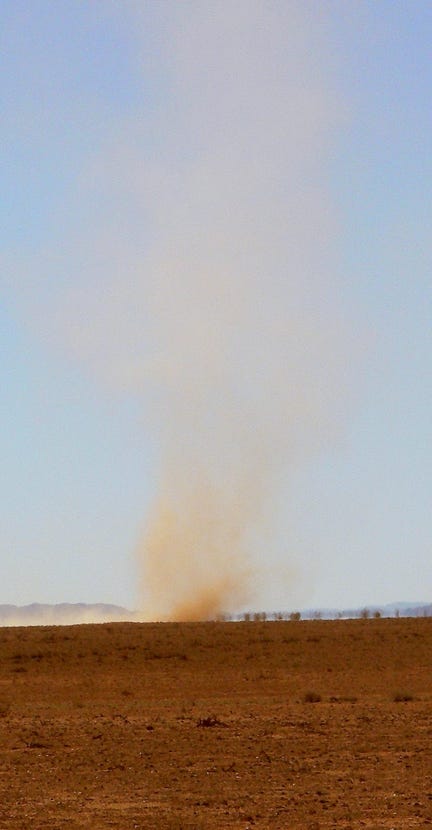
Image by Nixygirl via Wikimedia Commons
Dust Storms & Willy Willys
“Dust storms are a natural event in Australia, especially in the drier parts of Central Australia. They mainly occur during the summer months when it is generally drier and the extra heat creates extra wind patterns. The occurrence of dust storms have been recorded since Australia was settled by white people and most likely would have been regular occurrences even long before that.
Each time a wind from the west started to blow it was a sign that we would have to close the windows and doors, use wet, rolled-up towels to plug any gaps and simply wait it out.”- Dust Storms hit Western Queensland
http://www.hinterlandgrapevine.com/Stories/duststorm.htm
A ”willy-willy" or "whirly-whirly" (pictured left) is a well-formed, and relatively long-lived whirlwind of dust.
Dust storms are often more severe during times of drought so we saw lots of them.

Frazer
- FRAZER - From Kingussie, Scotland, to Sydney, Australia.
- FRAZER - First to Cabramatta and then to Binda, New South Wales.
- FRAZER/MARKS/LAMB - Meeting the neighbours
- FRAZER/MARKS/LAMB - An Inn, Horse Races, and Gold;
- FRAZER - Bullock Drays and Bushrangers.
- FRAZER/MARKS - ‘Markdale’ - On the move again.
- FRAZER/MARKS - They made a long trek north.
- FRAZER - The Queensland story - By 1878 the Fraser family settled in Charleville.
- FRAZER/STEWART/DOODY - Charleville 1892 - Alexander Frazer married Agnes Jane Stewart.
- FRAZER - Wyandra 1905 - Alexander Jnr’s son, Alexander, works as a blacksmith.
- FRAZER - Wyandra 1915 - 1921 - The Great War and A Soldier’s Memorial.
- FRAZER - Will they still remember us?
- FRAZER/GRANT - Wyandra 1921 - 26 - A Marriage, and Christmas Mistletoe.
- FRAZER - Wyandra 1928 - A Fancy Dress Ball.
- FRAZER - Wyandra 1920s - Bullock Wagons to Tractors and Trucks.
- FRAZER - ‘Werona' via Bollon 1930s.
- FRAZER - Barcaldine 1930’s - ‘Avonslea’
- FRAZER - Barcaldine 1936 -1940s - ‘Avonslea’, Elm St. and a Flower Show.
- FRAZER - Brisbane 1950s - 1960s - West End and Coorparoo.
- FRAZER - Southport and Surfers Paradise.
- FRAZER - ‘Werona’ and ‘Beneree’ 1955 to 1970 - ‘Of drought and flooding rain’
- FRAZER - ‘Werona’ - Click go the shears
- FRAZER - Cunnamulla - “I can see the water tower!”
- FRAZER - Cunnamulla 1965 & 1966 - School Days
- FRAZER - ‘Werona’ - The bush hath friends to meet him
- FRAZER - ‘Werona’ - The magic of trees
- FRAZER - ‘Werona’ - A portrait of our chook yard
- FRAZER - ‘Werona’ - The moon is lonely in the sky
- FRAZER - Toowoomba - ‘Someplace Green’
- FRAZER Summary - Alexander Fraser & Margaret McBean to Alexander ('Sonny') Frazer.
- FRAZER 2016 ’Werona’ revisited
- FRAZER - Marks - Lamb - Stewart - Doody -The case is never closed.


